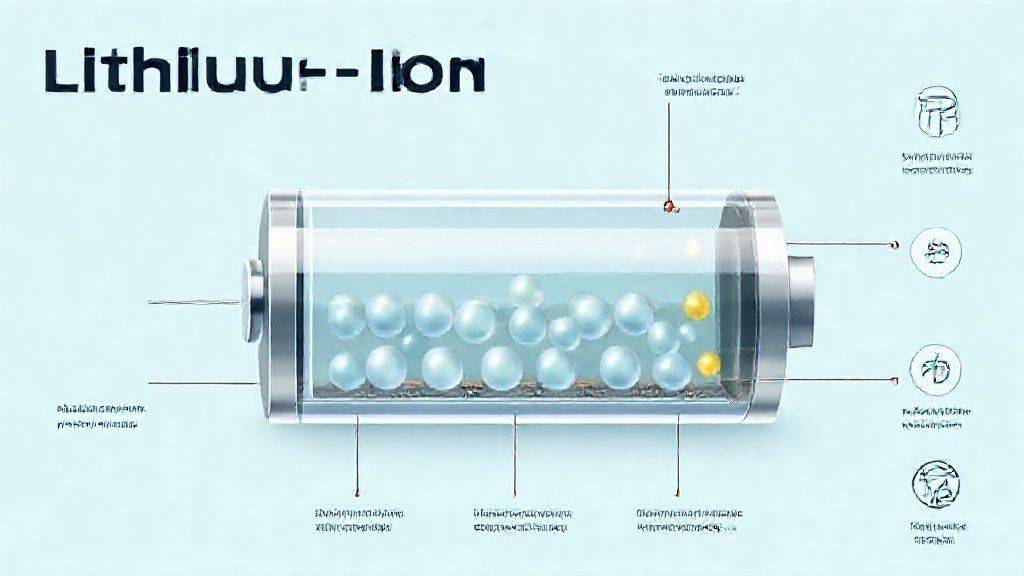Blue Origin is keen to partner with NASA to get humans back on the Moon, as quickly as possible. The company, founded by Jeff Bezos, is ready to help the US achieve its lunar goals. CEO Dave Limp has publicly stated their commitment, emphasizing their desire to contribute to the Artemis program. You’ll learn to expedite lunar missions with Blue Origin’s innovative approach. This article explores Blue Origin’s strategy, the competitive landscape, and the technological advancements driving the new space race. With China also aiming for a lunar landing, the pressure is on for the US to accelerate its efforts. NASA is reevaluating its human lander options, and Blue Origin is ready to provide solutions. This includes the development of more efficient lander architectures.
Table of Contents
We Also Published
Blue Origin’s Strategic Positioning in the Lunar Race
Blue Origin’s proactive stance is not merely a statement of intent; it’s a strategic move to secure its role in the Artemis program. By offering solutions to accelerate NASA’s timeline, Blue Origin is positioning itself as a key partner in the endeavor to return humans to the Moon. This is particularly crucial given the competitive environment, with China also aiming for a lunar landing, intensifying the pressure on the United States to regain its lead in space exploration.
The Urgency of Speed: NASA’s Revised Plans
NASA’s recent decision to reassess its human lander options underscores the urgency of the situation. With the current 2027 target date for the Artemis III mission appearing increasingly ambitious, NASA is seeking options to expedite the process. This re-evaluation has opened the door for companies like Blue Origin to present revised proposals, potentially involving the development of more efficient lander architectures.
Blue Origin’s Response: A Faster Path to the Moon
Blue Origin’s immediate response to NASA’s request for revised proposals demonstrates their commitment and capacity for rapid innovation. The company’s work on alternative architectures, including the Mk. 1 cargo lander variants, suggests a focus on creating a more streamlined and potentially faster path to the Moon. This could involve using multiple landers or a modified version to meet the aggressive timeline.
The Competitive Landscape of Lunar Exploration
The space race is heating up, with both public and private entities vying for dominance in lunar exploration. The involvement of SpaceX and Blue Origin, alongside the potential for international competition, creates a dynamic environment where technological advancements and strategic partnerships are crucial. NASA’s actions reflect this reality, emphasizing the need for innovation and agility.
The Role of Collaboration and Innovation
The future of lunar exploration hinges on the collaborative efforts of governmental agencies and private companies. Blue Origin’s willingness to work with NASA and its investment in innovative solutions highlight the importance of such partnerships. By combining resources and expertise, these entities can accelerate progress and achieve ambitious goals.
Technological Advancements in Spaceflight
The development of advanced lander technologies, along with the strategic use of multiple vehicles, is central to the success of future lunar missions. Blue Origin’s exploration of alternative architectures reflects a commitment to technological innovation and a willingness to adapt to the evolving demands of space exploration. The goal is to reach the Moon and establish a sustainable presence there.
Looking Ahead: The Future of Lunar Exploration
The next few years will be pivotal in shaping the future of lunar exploration. The decisions made by NASA and the strategies implemented by companies like Blue Origin will determine the pace and scope of human presence on the Moon. This will pave the way for future exploration of Mars and beyond.
| Aspect | Details | Implication |
|---|---|---|
| Blue Origin’s Goal | Assist NASA in achieving lunar landing objectives. | Strengthening their role in the Artemis program. |
| NASA’s Response | Reopening competition for human lander contracts. | Seeking options to **expedite lunar missions**. |
| Blue Origin’s Strategy | Developing faster lander architectures (Mk. 1, Mk 1.5). | Positioning themselves as a key partner. |
Also Read
From our network :
- Bitcoin Hits $100K: Crypto News Digest
- Bitcoin price analysis: Market signals after a muted weekend
- The Diverse Types of Convergence in Mathematics
- Limits: The Squeeze Theorem Explained
- Economic Importance of Soybeans in America: The $60 Billion Crop That Feeds the World
- Optimizing String Concatenation in JavaScript: Template Literals, Join, and Performance tips
- JD Vance Charlie Kirk: Tribute and Political Strategy
- Optimizing String Concatenation in Shell Scripts: quotes, arrays, and efficiency
- Limit Superior and Inferior
RESOURCES
- Expediting Lunar Exploration: A study of 5G mmWave ...
- Information to Expedite Review - NASA
- China Lays Out Plan to Accelerate Lunar Ambitions - SpaceRef
- NASA to Reopen Artemis 3 Lunar Lander Contract to Competition
- SpaceX Details Expedited Lunar Mission Timeline As Elon Musk ...
- NASA Seeks Innovative Support to Accelerate Mars Sample Return ...
- Trump plans major reforms for Artemis and NASA : r ...
- Expediting Earth-to-Moon Low-Energy Transfer for an Electrospray ...
- NASA May Accelerate Mars Mission Timeline Following Trump ...
- Paradigm shifts about dust on the Moon: From Apollo 11 to Chang'e-4
- Open Architecture for Settlement — Open Lunar Foundation
- NASA's Mini Rover Team Is Packed for Lunar Journey | NASA Jet ...
- Water on the Moon? (NASA, Moon, 6/17/09) | This is a map of ...
- New frontier: Pakistan's space ambitions accelerate with China ...
- Projects — Open Lunar Foundation








0 Comments